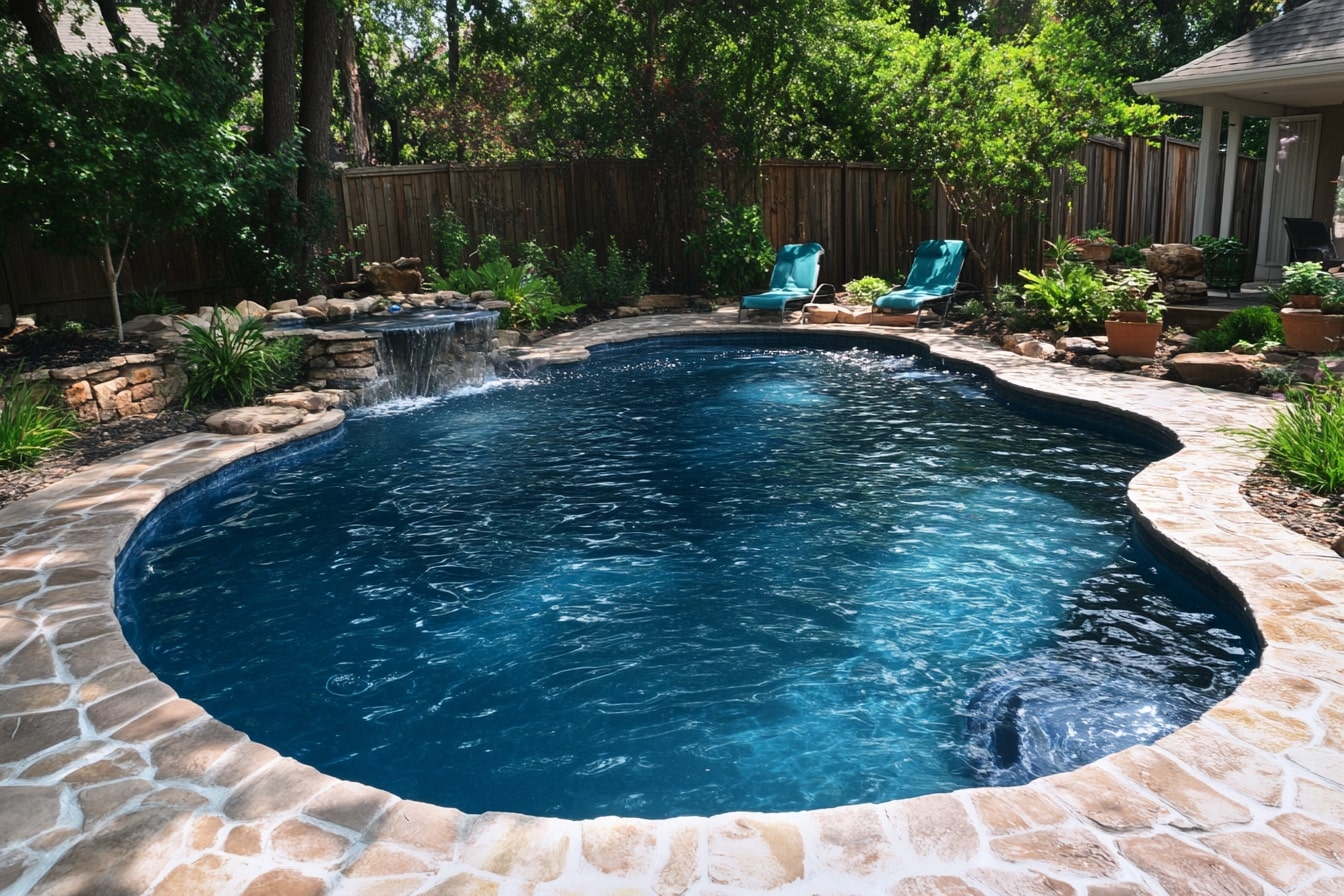Patio resurfacing techniques for long-lasting outdoor living areas
Practical patio resurfacing balances durability, aesthetics, and site-specific needs to extend the life of outdoor living areas. This overview outlines material choices, drainage and irrigation considerations, and planting strategies that support long-term performance and landscape resilience.

Patio resurfacing is an opportunity to improve durability, reduce maintenance, and strengthen the link between exterior landscaping and interior living spaces. Effective resurfacing considers load, climate, water management, and how nearby plants and mulch affect decay and staining. By planning for permaculture principles, xeriscape options, and routine upkeep like pruning and composting, homeowners can extend the usable life of patios and adjacent decking while supporting pollinators and healthy soils.
How does patio resurfacing fit into renovation and landscaping?
Resurfacing should be part of a broader renovation and landscaping plan. When replacing or topping a patio, coordinate elevations, slope, and transitions to decking or interior thresholds to prevent trip hazards and water ingress. Think about how new surfaces will interact with irrigation systems and planting beds; a resurfaced area that diverts runoff into a planted swale or permeable border can reduce ponding and protect foundations.
Integrating landscape design during resurfacing also helps with functional zoning—defining dining, lounging, or planting areas—and contributes to a cohesive visual flow from interior rooms to the garden. Use materials and textures that complement indoor finishes without creating maintenance mismatches.
What materials work for durable patio and decking surfaces?
Material choice drives longevity. Concrete overlays, sealed pavers, natural stone, and composite decking each have trade-offs in lifespan, slip resistance, and maintenance. Concrete resurfacing with proper reinforcement and a quality sealer can withstand heavy use, while permeable pavers allow infiltration to reduce runoff. Composite decking resists decay and insect damage but requires attention to thermal expansion details.
Evaluate substrate condition before overlaying; cracking or poor subgrade requires repair to avoid premature failure. Match finish to use—textured or broom-finished concrete offers better traction, and joints or seams reduce stress cracking on larger spans.
How to protect surfaces with irrigation, drainage, and mulch?
Good drainage is essential. Surface grading should shed water away from structures, and subsurface drainage or French drains may be necessary where soil saturation is common. Irrigation zones need separation from paved areas to avoid constant wetting that accelerates staining, algae growth, or freeze–thaw damage in colder climates.
Mulch beds adjacent to patios should have a clear edge to prevent mulch migration onto paving, which can retain moisture against the surface. Use edging, gravel bands, or permeable transitions to balance plant water needs and paving durability. Regular sweeping and occasional pressure washing keep surfaces free of debris that traps moisture.
How can plants, permaculture, and xeriscape support longevity?
Strategic planting helps manage microclimates and soil stability. Xeriscape and permaculture approaches favor drought-tolerant species, mulch layers, and native pollinator-friendly plants that require less irrigation and lower maintenance. Deep-rooted plants in planting strips can stabilize soil without undermining hardscape, while trees should be placed with root growth in mind to avoid upheaval of paved surfaces.
Consider creating rain-catching features or bioswales near the patio to direct runoff into planted areas. Incorporating seedstarting and staged propagation plans for native plants can help establish resilient borders that reduce erosion and enhance biodiversity.
How to integrate upcycling, seedstarting, propagation, and pollinators?
Upcycling materials—reclaimed bricks, salvaged stone, or repurposed decking boards—can reduce costs and environmental impact when selected and treated appropriately. When resurfacing, smaller accents or edging made from upcycled materials often perform well and add character. Combine this with a planting plan that includes pollinator-supporting species to create habitat value alongside hardscape improvements.
Use seedstarting and propagation to produce transplants for borders, choosing species that tolerate edge conditions and occasional splash from irrigation. Native wildflowers, grasses, and low shrubs can be propagated in small batches and planted to establish a long-term, low-maintenance pollinator corridor.
When is pruning, compost, and regular maintenance needed?
Routine maintenance preserves resurfacing investments. Pruning nearby shrubs and trees prevents debris accumulation and reduces shading that can encourage moss or algae growth on paving. A small, regular composting strategy for garden waste returns nutrients to planting beds and reduces the need for heavy fertilization, which can run off onto hard surfaces.
Inspect seals, joints, and any permeable paving annually. Reapply sealants as recommended by manufacturers, clear debris from joints, and adjust irrigation schedules seasonally. Addressing small cracks or settling early avoids larger repairs and helps maintain the appearance and function of both patio and adjacent landscaping.
Conclusion A long-lasting patio results from material selection, proper site drainage, and thoughtful integration with surrounding plants and landscape practices. Applying principles from permaculture and xeriscape, using upcycled elements where appropriate, and committing to regular maintenance—pruning, composting, and irrigation management—will increase durability and enhance ecological value without compromising indoor–outdoor comfort.





